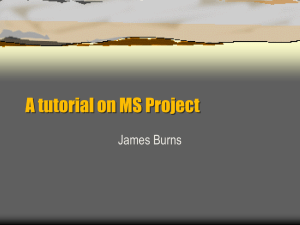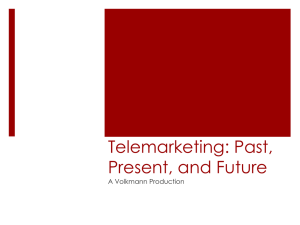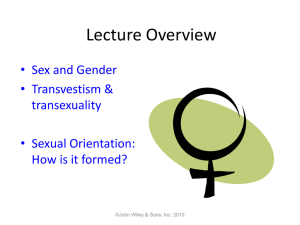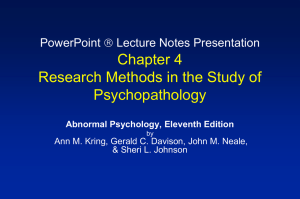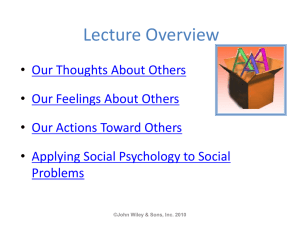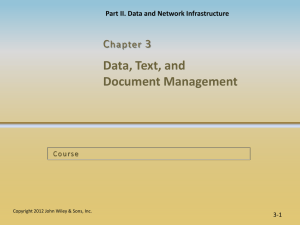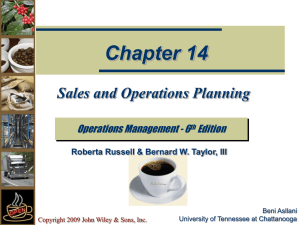use case
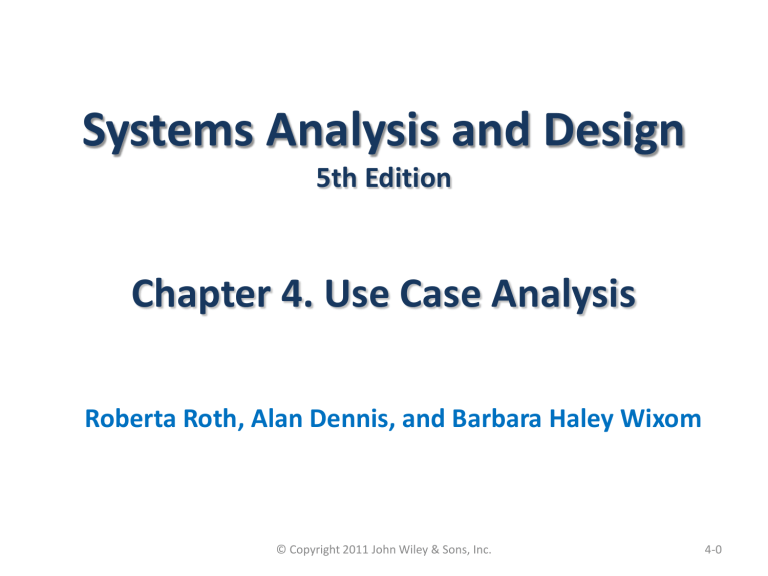
Systems Analysis and Design
5th Edition
Chapter 4. Use Case Analysis
Roberta Roth, Alan Dennis, and Barbara Haley Wixom
© Copyright 2011 John Wiley & Sons, Inc.
4-0
Chapter 4 Outline
Use Cases
Elements of a use case.
Alternative use case formats.
Use cases and functional requirements.
Use cases and testing.
Building use cases.
© Copyright 2011 John Wiley & Sons, Inc.
4-1
INTRODUCTION
Use cases are a means of expressing user requirements.
Use cases are used extensively in the analysis phase.
A use case represents how a system interacts with its environment by illustrating the activities that are performed by the users and the system’s responses.
The text-based use case is easy for the users to understand, and also flows easily into the creation of process models and the data model.
© Copyright 2011 John Wiley & Sons, Inc.
4-2
USE CASES
A use case depicts a set of activities that produce some output result.
Each use case describes how an external user triggers an event to which the system must respond.
With this type of event-driven modeling, everything in the system can be thought of as a response to some triggering event.
Creation of use cases is often done as a part of interview session with users or a part of JAD sessions.
© Copyright 2011 John Wiley & Sons, Inc.
4-3
Elements of a Use Case
Basic Information
Each use case has a name and number , and brief description.
The priority may be assigned to indicate the relative significance.
The actor refers to a person, another system, or a hardware device that interacts with the system to achieve a useful goal.
The trigger for the use case – the event that causes the use case to begin.
© Copyright 2011 John Wiley & Sons, Inc.
4-4
Example
© Copyright 2011 John Wiley & Sons, Inc.
4-5
Preconditions
It is common practice to create smaller,
more focused use cases breaking the whole process down into parts.
It is important to define clearly what
needs to be accomplished before each use case begins.
The preconditions define the state the system must be in before the use case commences.
© Copyright 2011 John Wiley & Sons, Inc.
4-6
Normal Course
The next part of a use case is the description of the major steps that are performed to execute the response to the event , the inputs used for the steps, and the outputs produced by the steps.
The normal course lists the steps.
© Copyright 2011 John Wiley & Sons, Inc.
4-7
Alternative Courses
Alternative courses depict branches
(alternative paths of the steps) in logic that also will lead to a successful conclusion of the use case.
© Copyright 2011 John Wiley & Sons, Inc.
4-8
Postconditions
The postconditions section of defines the final product of the use case.
These postconditions also serve to define the preconditions for the next use case in the series.
© Copyright 2011 John Wiley & Sons, Inc.
4-9
Exceptions
A use case should describe any error conditions or exceptions that may occur as the use case steps are performed.
These are not normal branches in decision logic, but are unusual occurrences or errors that could potentially be encountered and will lead to an unsuccessful result.
© Copyright 2011 John Wiley & Sons, Inc.
4-10
Summary of Inputs and Outputs
The final section of the use case summarizes the set of major inputs and outputs of the use case, along with their source or destination.
© Copyright 2011 John Wiley & Sons, Inc.
4-11
Additional Use Case Issues
Additional sections may be included, e.g.,
- Frequency of use
- Business rules
- Special requirements
- Assumptions
- Notes and issues
© Copyright 2011 John Wiley & Sons, Inc.
4-12
Chain of use cases – an example
© Copyright 2011 John Wiley & Sons, Inc.
4-13
Alternative Use Case Formats
A full-dressed use case is very thorough, detailed, and highly structured.
The project team may decide that a more casual use case format is acceptable.
© Copyright 2011 John Wiley & Sons, Inc.
4-14
Example
© Copyright 2011 John Wiley & Sons, Inc.
4-15
Use Cases and the Functional
Requirements
Use cases are very useful tools to us to understand user requirements. However, use cases only convey the user’s point of view.
Transforming the user’s view into the developer’s view by creating functional requirements is one of the important contributions of system analyst.
The derived functional requirements give more information to the developer about what the system must do.
© Copyright 2011 John Wiley & Sons, Inc.
4-16
Example
© Copyright 2011 John Wiley & Sons, Inc.
4-17
Use Cases and Testing
Building Use Cases
Step 1: Identify the major use cases
© Copyright 2011 John Wiley & Sons, Inc.
4-18
Step 2: Identify the major steps for each use case
© Copyright 2011 John Wiley & Sons, Inc.
4-19
Step 3: Identify elements within steps
© Copyright 2011 John Wiley & Sons, Inc.
4-20
Step 4. Confirm the use case
© Copyright 2011 John Wiley & Sons, Inc.
4-21
Revise functional requirements based on use cases
The functional requirements in the requirements definition may be modified to reflect the more detailed understanding and to provide insight to the development team on some
“back-end” processing.
© Copyright 2011 John Wiley & Sons, Inc.
4-22
Example
© Copyright 2011 John Wiley & Sons, Inc.
4-23
SUMMARY
A use case contains all the information needed to build one part of a process model, expressed in an informal, simple way.
When writing a use case,
- identify the triggering event,
- develop a list of the major steps,
- identify the input(s) and output(s) for every step,
- have the users role-play the use case to verify.
© Copyright 2011 John Wiley & Sons, Inc.
4-24
Copyright 2011 John Wiley & Sons, Inc.
All rights reserved. Reproduction or translation of this work beyond that permitted in Section 117 of the 1976 United States
Copyright Act without the express written permission of the copyright owner is unlawful. Request for further information should be addressed to the Permissions Department, John Wiley
& Sons, Inc. The purchaser may make back-up copies for his/her own use only and not for redistribution or resale. The Publisher assumes no responsibility for errors, omissions, or damages, caused by the use of these programs or from the use of the information contained herein.
© Copyright 2011 John Wiley & Sons, Inc.
4-25



